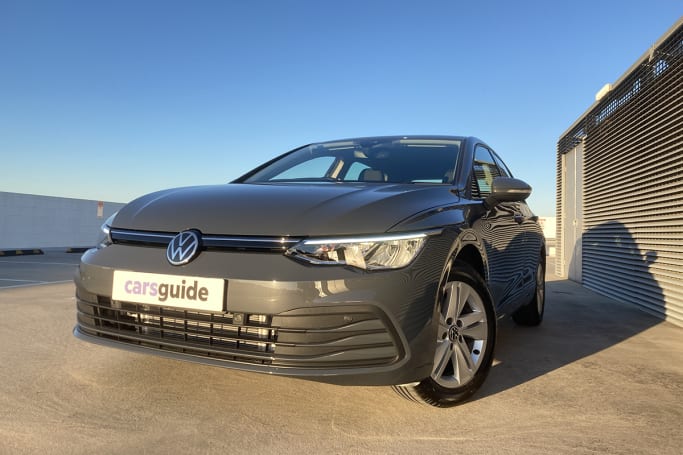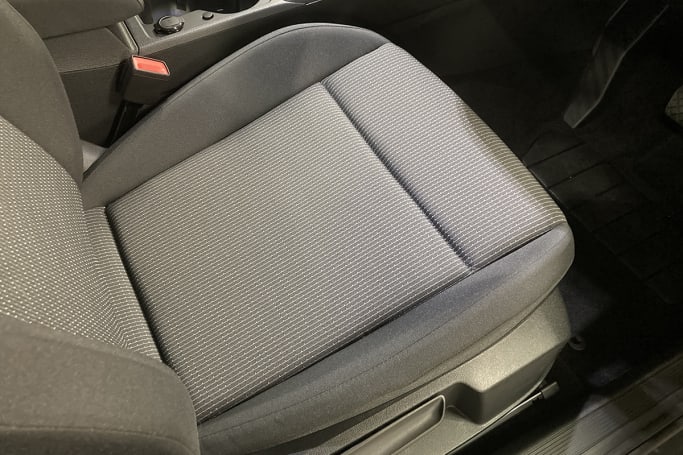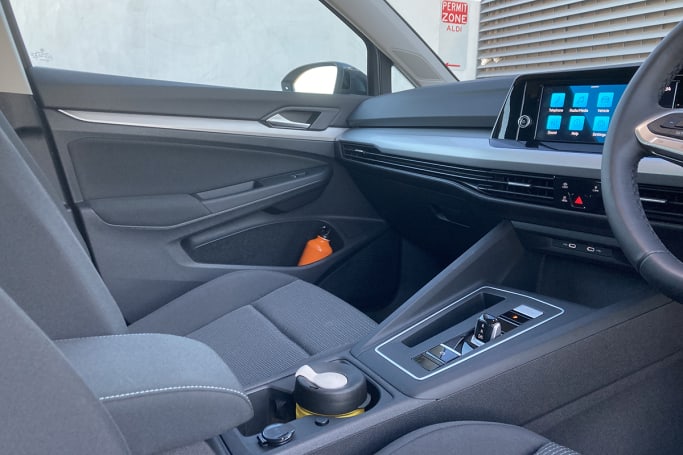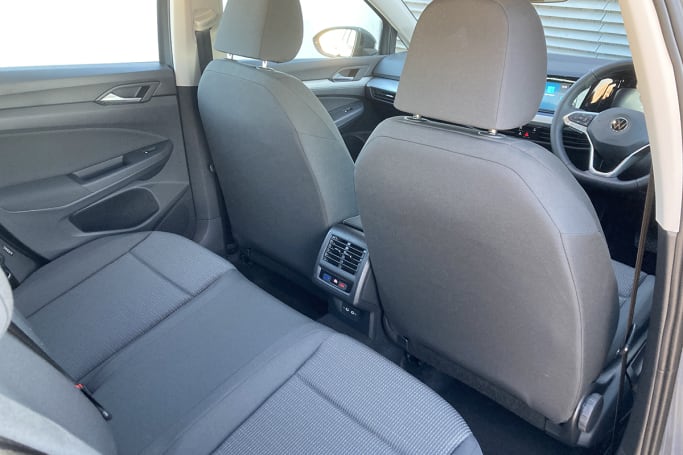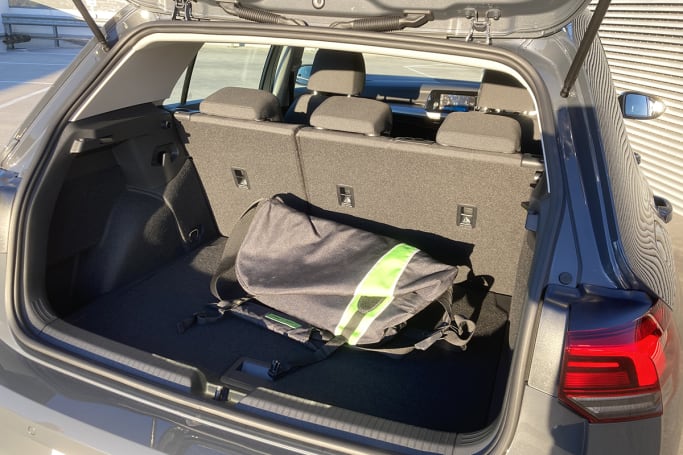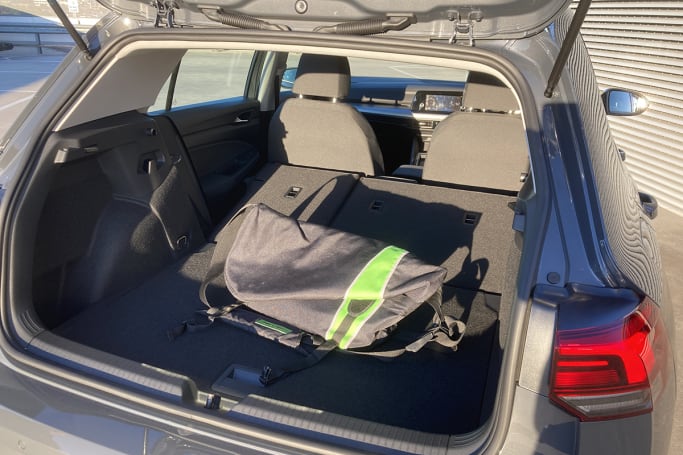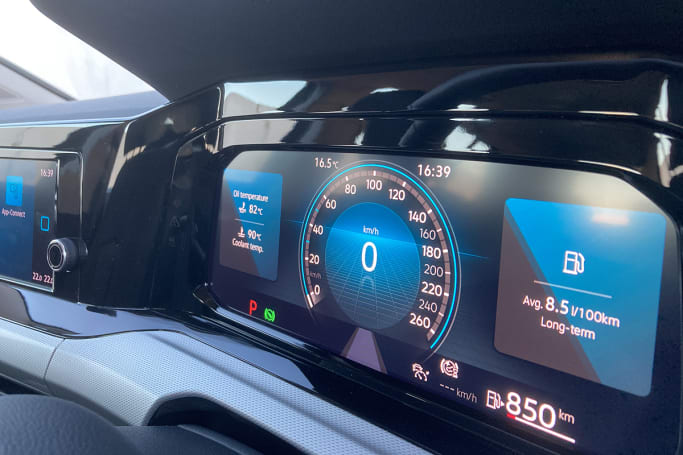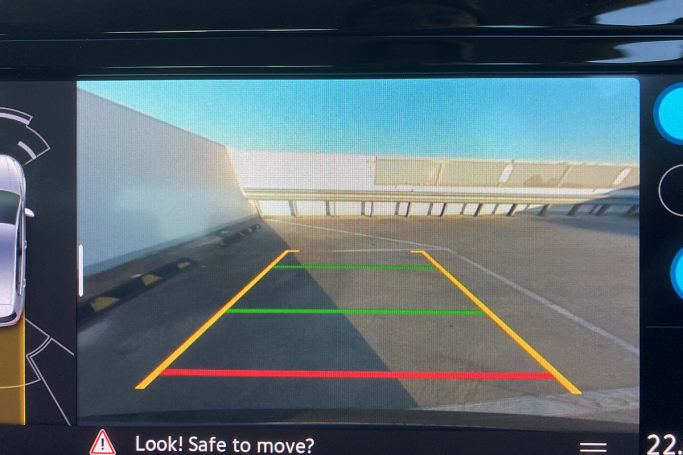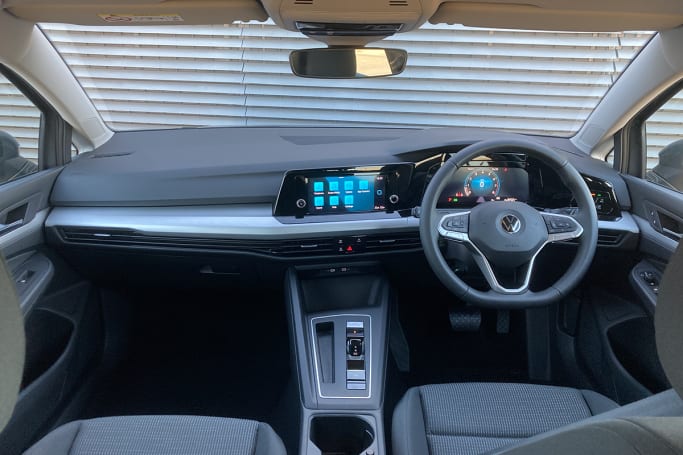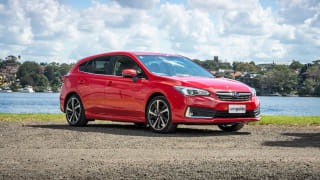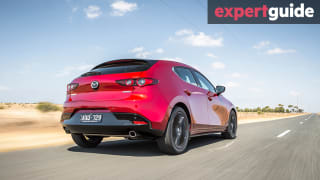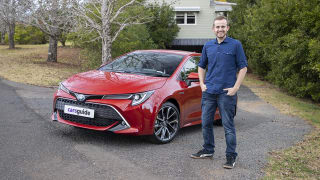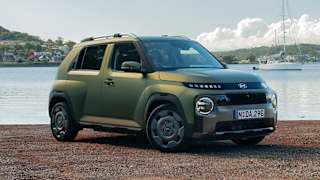Let’s say you bought a new base Golf 110TSI DSG three years ago, from $26,490 before on-road costs. Warranty’s almost up, best to replace it, time for the new version.
But the world's changed markedly even since just 2018.
The reality is, priced from $31,950 before on-road costs, the least-expensive 2021 Golf automatic is no longer the Toyota Corolla, Hyundai i30 and Mazda3 competitor it’s been since the latter 2000s. The cheapest Mk8 – simply referred to as ‘Golf’ – illustrates this perfectly.
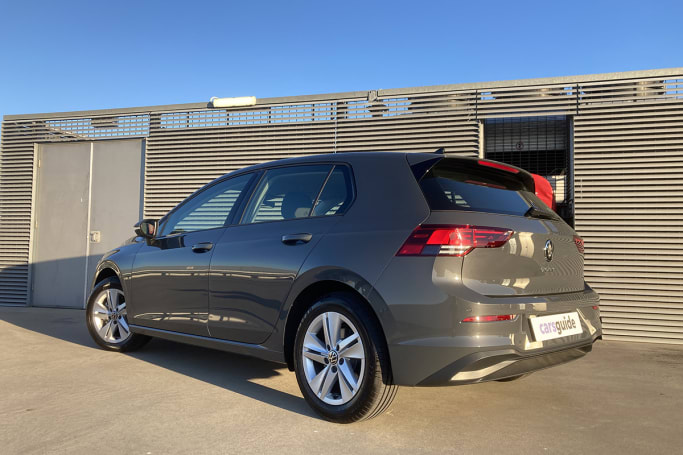
Here are some items that its nearest-priced and fiercest rival in Australia, the Mazda3 in mid-grade G20 Touring auto from $30,790, offers… and for $1160 less to boot: auto high beams, head-up display, traffic sign recognition, satellite navigation, digital radio, leather upholstery, powered driver’s seat with lumbar support, keyless entry, rear centre armrest, rear cupholders, power-folding mirrors and 18-inch alloys. For most of this stuff you’ll need to stretch to the $34,250 Golf Life. In fact, the first five items are in the base Mazda3 G20 Pure auto from $26,590.
And while the Golf strikes back with higher torque figures (from a carryover 110TSI 1.4-litre turbo petrol engine but all-new auto transmission), multi-link rather than torsion beam rear suspension, automatic parking assist, front parking sensors, traffic assist (that works with the adaptive cruise control for smoother progress in slow-moving congested conditions), driver fatigue monitor and front cross-traffic alert, the last four items are part of a $1500 option pack in the Mazda3 that also includes a 360-degree view camera.
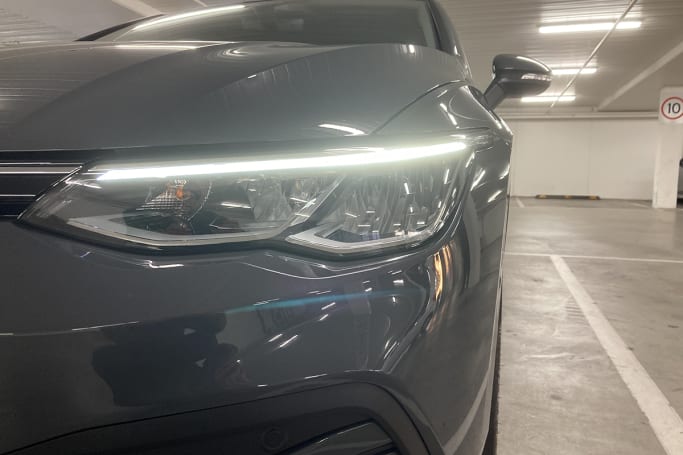
Plus, if extra grunt’s your thing, the latter’s bigger-engined G25 Evolve from $31,190 also fits the bill.
Mid-grade versions of other popular small hatchbacks, including the i30, Corolla, Kia Cerato, Ford Focus and Subaru Impreza, also shade the comparatively bare Golf for standard features.
So, what does the base Golf bring to the table? On the safety front, lots, like eight airbags (dual front, front side, rear side and curtain), Autonomous Emergency Braking (AEB) with pedestrian and cyclist monitoring, adaptive cruise control with stop/go functionality, lane assist, oncoming-vehicle braking when turning, driver fatigue detection, front/rear cross-traffic alert, blind-spot monitor, driver-fatigue detection, rear view camera, front/rear sensors and tyre-pressure alert, along with anti-lock brakes, emergency brake assist, electronic stability control, traction control, hill-start assist and multi-collision braking. Top marks there, VW.
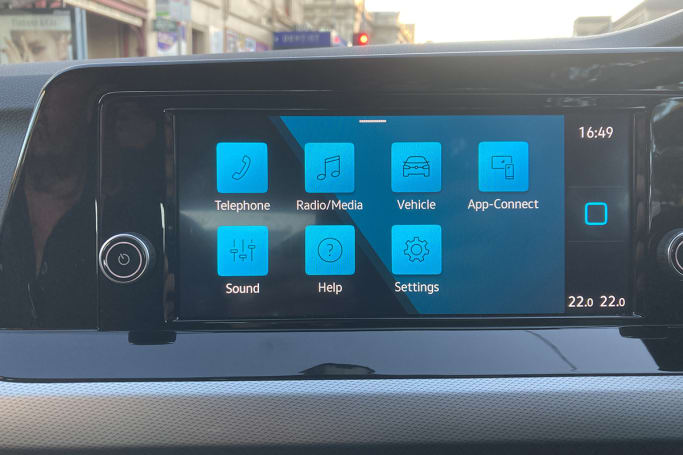
Standard features include LED headlights, three-zone climate control air-conditioning, digital instrumentation, paddle shifters, an 8.2-inch touchscreen, Apple CarPlay/Android Auto connectivity, Bluetooth audio and telephone, four USB-C ports (not USB-A), dusk-sensing headlights, rain-sensing wipers, electric mirrors with reverse tilt-down function, automatic parking, push-button start, remote-capable power windows and 16-inch alloys.
Metallic paint costs between $600 and $900 depending on type.
On this evidence, then, the base Golf is strong on safety but weaker on some convenience and comfort items that you’d expect in a European car costing around $35K driveaway. Maybe the VW can claw back lost ground in other areas.


